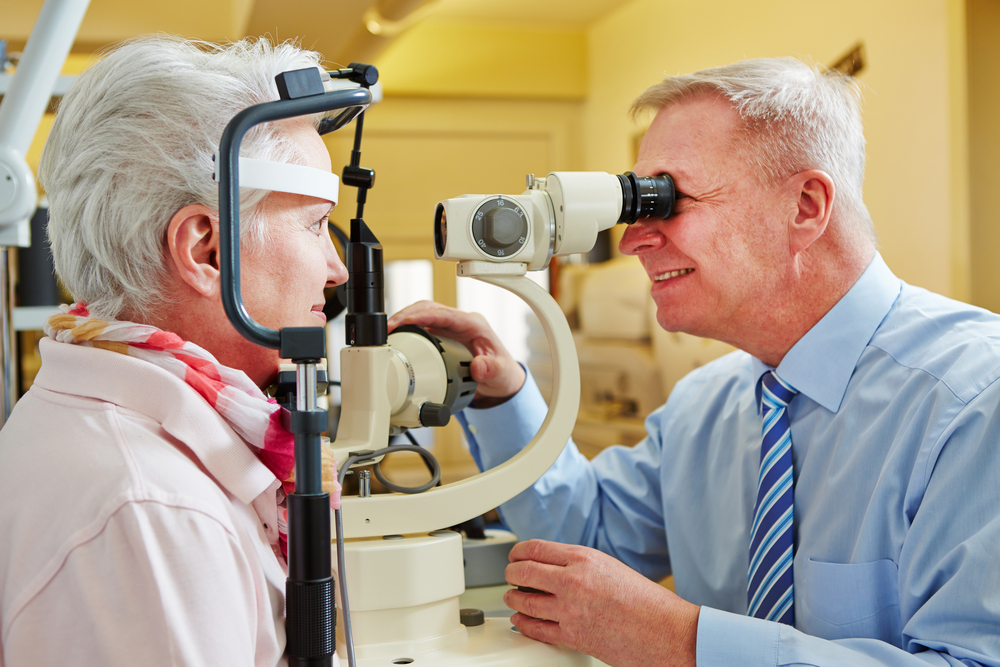Can Brain Diseases Be Detected by Eye Examination? Researchers Say ‘Yes’

Progressive neurological diseases, such as Huntington’s disease, are associated with pathological changes in the retina and the brain. According to Henri Leinonen from the University of Eastern Finland (UEF) and colleagues, such disorders might be detected earlier by using simple and non-invasive eye examination techniques.
In the study “Early Retinal Function Deficit without Prominent Morphological Changes in the R6/2 Mouse Model of Huntington’s Disease,” published in the journal PLoS One, the researchers were able to detect early signs of brain disease in the eyes of mice carrying human nervous system diseases.
They used electroretinography (ERG), a technique that assesses retinal function using electrodes, and visual evoked potentials (VEP), which measures the function of the brain’s visual cortex. Both techniques can be used in humans.
Why the retina? During development, the retina matures from a part of the brain. The way nerve cells are arranged in the retina is somewhat similar to that of the brain. Also, the retina can be easily examined with non-invasive or minimally invasive methods.
Mice with Huntington’s disease showed changes in day and color vision, although the animals did not show other symptoms of the disease. Though retinal structure was relatively normal, even later in disease, the presence of aggregated dysfunctional huntingtin (HTT) protein (a hallmark of Huntington’s) was widespread over the mouse retina. In humans, Huntington’s patients also have impaired color vision but no changes in retinal structure.
Researchers also analyzed retinal function in mice with Alzheimer´s disease and mice with late infantile neuronal ceroid lipofuscinosis (NCL), a pediatric neurological disease. The diseases were associated with abnormal night vision and retinal degenerative changes, respectively.
According to a news release from the university: “The findings support the idea of eye examinations as potential screening tools for CNS (central nervous system) diseases. Development of efficient, safe and economic screening tools for CNS diseases is imperative, since the diagnosis of these diseases is often obtained only in the advanced disease state when as such satisfactory remedies are poorly effective. Since eye and vision research can be conducted noninvasively, advancement of trials from the preclinical to the clinical phase could be relatively fast.”






